Are LED lights good?
wildmonster
19 years ago
Related Stories
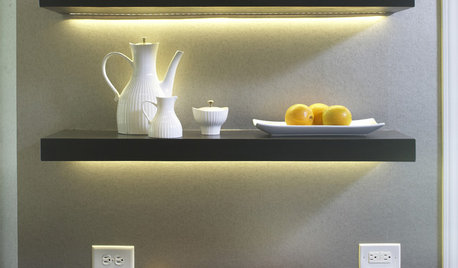
KITCHEN DESIGN12 Ways to Light Your Kitchen With LEDs
See how to use new energy-saving lights to illuminate your kitchen, light a countertop and add style, too
Full Story
LIGHTINGThe Lowdown on High-Efficiency LED Lighting
Learn about LED tapes, ropes, pucks and more to create a flexible and energy-efficient lighting design that looks great
Full Story
LIGHTINGWhat to Know About Switching to LED Lightbulbs
If you’ve been thinking about changing over to LEDs but aren't sure how to do it and which to buy, this story is for you
Full Story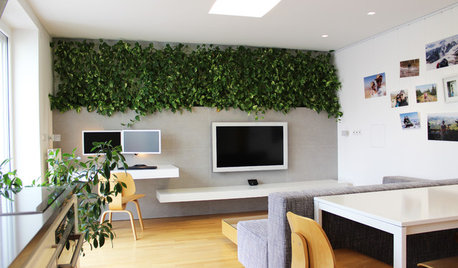
HOUZZ TOURSMy Houzz: LEDs and a Living Wall Color a Minimalist Slovakian Home
Thanks to a modern overhaul, this small Central European apartment is now a testament to efficiency and thoughtful design
Full Story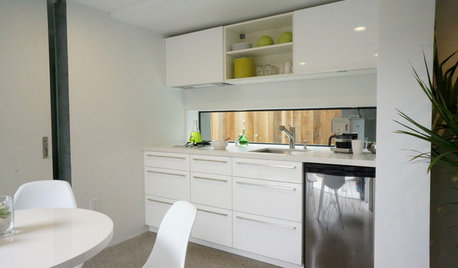
KITCHEN DESIGNPut Your Kitchen in a Good Light With a Window Backsplash
Get a view or just more sunshine while you're prepping and cooking, with a glass backsplash front and center
Full Story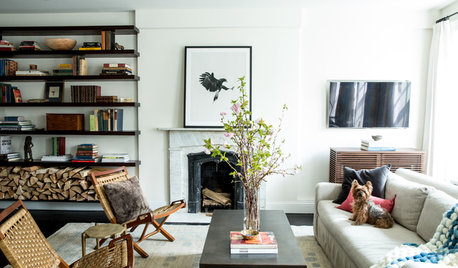
DECORATING GUIDESHouzz Tour: New York Apartment Redesign Cooks Up Good Looks
A 2-story brownstone unit, once home to fashion and music figures, is remade for newlyweds with a bigger kitchen and a master suite
Full Story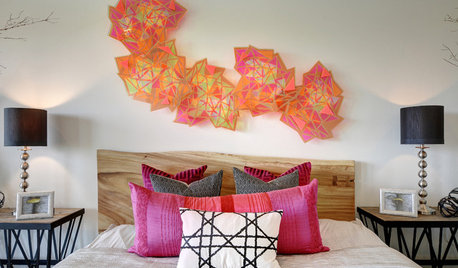
DECORATING GUIDESDecor With Chiseled Good Looks
Discover why people are becoming fascinated with all things faceted around the home
Full Story
MOST POPULAR5 Remodels That Make Good Resale Value Sense — and 5 That Don’t
Find out which projects offer the best return on your investment dollars
Full Story
KITCHEN DESIGNWhat to Know When Choosing a Range Hood
Find out the types of kitchen range hoods available and the options for customized units
Full Story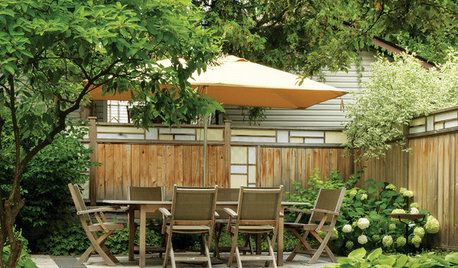
LANDSCAPE DESIGNGood Read: ‘Landscaping Ideas That Work’
Get a landscape architect’s strategies — along with gorgeous, inspiring photos — for a yard you’ll really enjoy
Full Story





cowboyind
RCMJr
Related Professionals
Attleboro Solar Energy Systems · Rialto Solar Energy Systems · Tustin Solar Energy Systems · Whitman Solar Energy Systems · Westmont Home Builders · Arlington Roofing & Gutters · Edison Roofing & Gutters · Georgetown Roofing & Gutters · St. Louis Roofing & Gutters · West Chester Roofing & Gutters · East Hill-Meridian Roofing & Gutters · Hillcrest Heights Roofing & Gutters · Norwood Roofing & Gutters · Colonia Roofing & Gutters · Welby Roofing & GutterswildmonsterOriginal Author
DrynDusty
brickeyee
snidelywhiplash z5b
RCMJr
jrdwyer
Roeland